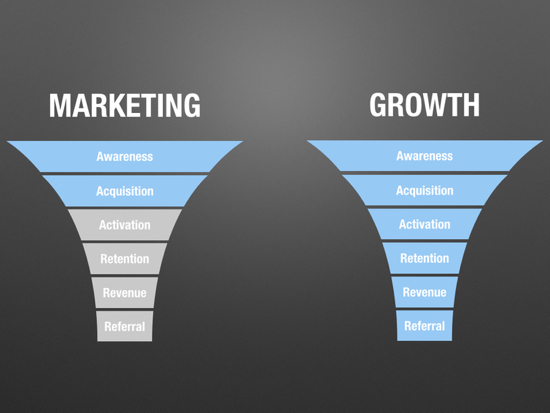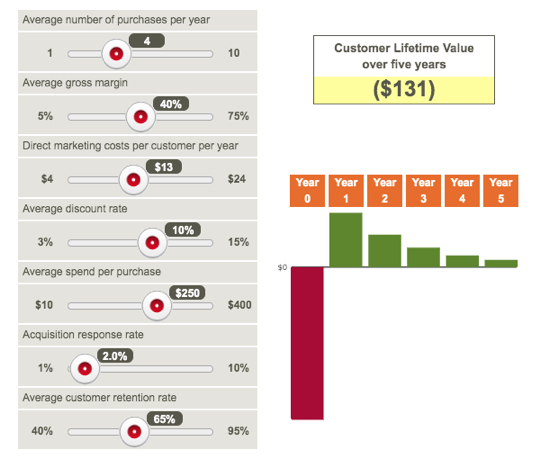Why are so many major brands ditching the CMO role? Why is the Chief Growth Officer position suddenly rising to take its place? What—if anything—does all of this mean to our industry in general? And, more to the point, what does it mean to marketing leaders working to drive meaningful change in their organization? Let’s take a moment to pause and reflect.
- Let’s start with the facts. In recent months, McDonalds, Coca-Cola, Mondelēz, Taco Bell, Hyatt Hotels, Johnson & Johnsonand Kimberly Clark have all dropped the CMO role. That’s a serious list.
- A handful of these brands—including Coke, Kimberly Clark and Mondelēz—have replaced the CMO role with a Chief Growth Officer (CGO).
- Why the disappearing CMOs? With his typical snark, Mark Ritson blames the “endless desire of most marketers to throw away everything that has been established and replace it with the fantastical attraction of newness.” A grain of painful truth, maybe. But is there more at play?
- Ad Age’s E.J. Shultz has two other theories about the cause. The first: a growing need to engage consistently with customers beyond marketing’s usual remit. The second: a rising demand for financial accountability in all corners of the business, including marketing.
- Which brings us to the rise of the CGO. Freshly CMO Mayur Gupta—a young marketing leader with a tech background and an undoubtably sharp mind—believes that if it’s not about growth, it’s just fluff.
- Some, like Gupta, see growth as bigger than marketing. More holistic. Broader.

- But for many, the word “growth” in a marketing context evokes “growth hacking”—a hard-to-pin-down term that many have come to equate with down-funnel performance tactics. A narrower slice of the pie, rather than a bigger one. Or, in Samuel Scott’s opinion, “a long con that will only lose you millions”.
- Alison Lewis, global CMO at Johnson & Johnson, sees the shift to the CGO title as a symbolic gesture. A repositioning of sorts—a signal of change and intent.
- Marketing Week’s Lucy Tesseras worries that this rebrand could backfire, asking: “Could this cause more damage to marketing’s reputation and standing within the wider business in the long-run?”. Good question, Lucy. Good question.
- So what—if anything—should a marketing change-maker working to make improvements in their organiztion be doing about all of this? Our advice: pay attention to Schultz’s two underlying causes and factor them into your work.
- Become a great collaborator. Acknowledge that customer ownership extends beyond marketing. Admit you can’t do it alone, and form alliances with other leaders and teams to make bigger, better things happen.
- Defend yourself against fluff-shaming by learning the language of finance and building a partnership with the CFO. Get pro-active instead of waiting for the inevitable ROI question to crop up later.
- But don’t let ROI pressure drag you into the growth-hacking gutter. Instead, lean towards Gupta’s more holistic view of what growth means. It’s not about investing in performance and forgetting brand: “Shouldn’t all brand effort drive performance and all performance marketing help build the brand?”
Try this
If you’re a marketing leader looking to demonstrate financial accountability, the concept of customer lifetime value (LTV) can be really useful. HBR offer a simple LTV calculator that does the job well.


